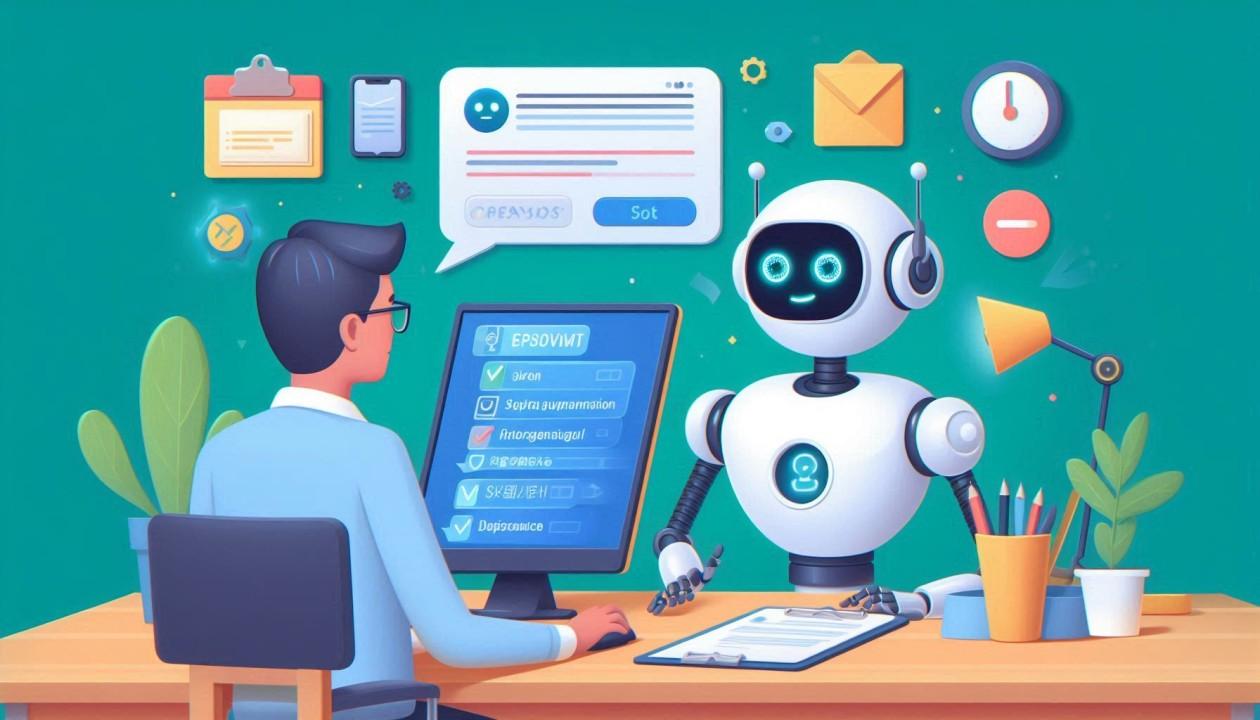Best AI Interview Assistants for UX/UI & Design Interviews in 2025

UX/UI and Design interviews focus on a candidate’s creativity, problem-solving, storytelling, and ability to build user-centered solutions. Unlike coding or data science interviews, design interviews often test portfolio presentation, design challenges, product thinking, and collaboration skills. Preparing for them requires a balance of creativity and structure — which is where AI interview assistants can help.
AI tools for design interview prep are now capable of simulating case studies, portfolio critiques, and design challenge scenarios, giving candidates structured feedback to refine both their creative and communication skills.
1. Interview Sidekick — Design Role Tailored Practice
Interview Sidekick includes UX/UI and design-specific interview questions, covering portfolio storytelling, user research approaches, and product design case studies. AI evaluates your ability to communicate design decisions, structure answers, and align with user needs.
-
Best For: UX/UI designers preparing for FAANG, startups, or product companies.
-
Strengths: Tailored design cases, structured practice, and instant feedback.
2. Exponent — Human + AI Hybrid for Design Cases
Exponent provides design-focused mock interviews with expert feedback, enhanced by AI scoring. Candidates can practice design challenges, usability critiques, and product design frameworks, while receiving AI-driven clarity and structure suggestions.
-
Best For: Designers who want a mix of human interaction and AI analysis.
-
Strengths: Realistic portfolio discussions and case analysis with guided improvement.
3. Final Round AI — Real-Time Framework Guidance
Final Round AI offers real-time prompts and reminders during design challenge practice. It can suggest frameworks like the Double Diamond model, remind you to mention accessibility, or highlight usability metrics.
-
Best For: Designers who need structured support during timed design challenges.
-
Strengths: Keeps responses focused, user-centered, and structured.
-
Caution: Use mainly for practice sessions.
4. HireVue — Video-Based Design Storytelling Practice
HireVue allows candidates to practice one-way video responses, simulating common design interview questions like “Walk me through your portfolio” or “How would you improve this app’s UX?” AI evaluates communication clarity, tone, and storytelling.
-
Best For: Designers preparing for automated or video-first interviews.
-
Strengths: Helps refine verbal storytelling and structured communication.
5. Design-Specific AI Tools
New AI-driven platforms are emerging to generate mock design cases, usability challenges, and portfolio critique questions. These simulate scenarios such as designing for accessibility, scaling products for global users, or analyzing design trade-offs.
-
Best For: Designers who want diverse, case-based practice.
-
Strengths: Scenario variety and structured AI analysis.
How to Maximize AI Tools for UX/UI Prep
-
Practice Portfolio Presentations: Use AI to critique clarity, structure, and storytelling.
-
Run Design Challenges: Simulate timed practice to mimic real interview intensity.
-
Focus on Trade-Offs: Highlight accessibility, usability, and technical feasibility in answers.
-
Combine Human + AI Practice: Use AI for repetition and feedback, humans for real-world dynamics.
Sample UX/UI Prep Week Using AI
-
Day 1: Take a baseline mock portfolio presentation with Interview Sidekick.
-
Day 2: Review AI suggestions for clarity and storytelling improvements.
-
Day 3: Conduct a live mock with an expert via Exponent.
-
Day 4: Run a timed design challenge using AI prompts.
-
Day 5: Practice one-way video storytelling with HireVue.
-
Day 6: Analyze AI feedback on portfolio depth and design decision communication.
-
Day 7: Refine frameworks and practice final end-to-end design cases.
Conclusion
UX/UI and design interviews test a mix of creativity, problem-solving, and user empathy. AI interview assistants like Interview Sidekick, Exponent, and Final Round AI give designers the structure they need to sharpen their portfolios, tackle design challenges, and communicate with confidence. When combined with human practice, they create a powerful preparation ecosystem for design roles.

